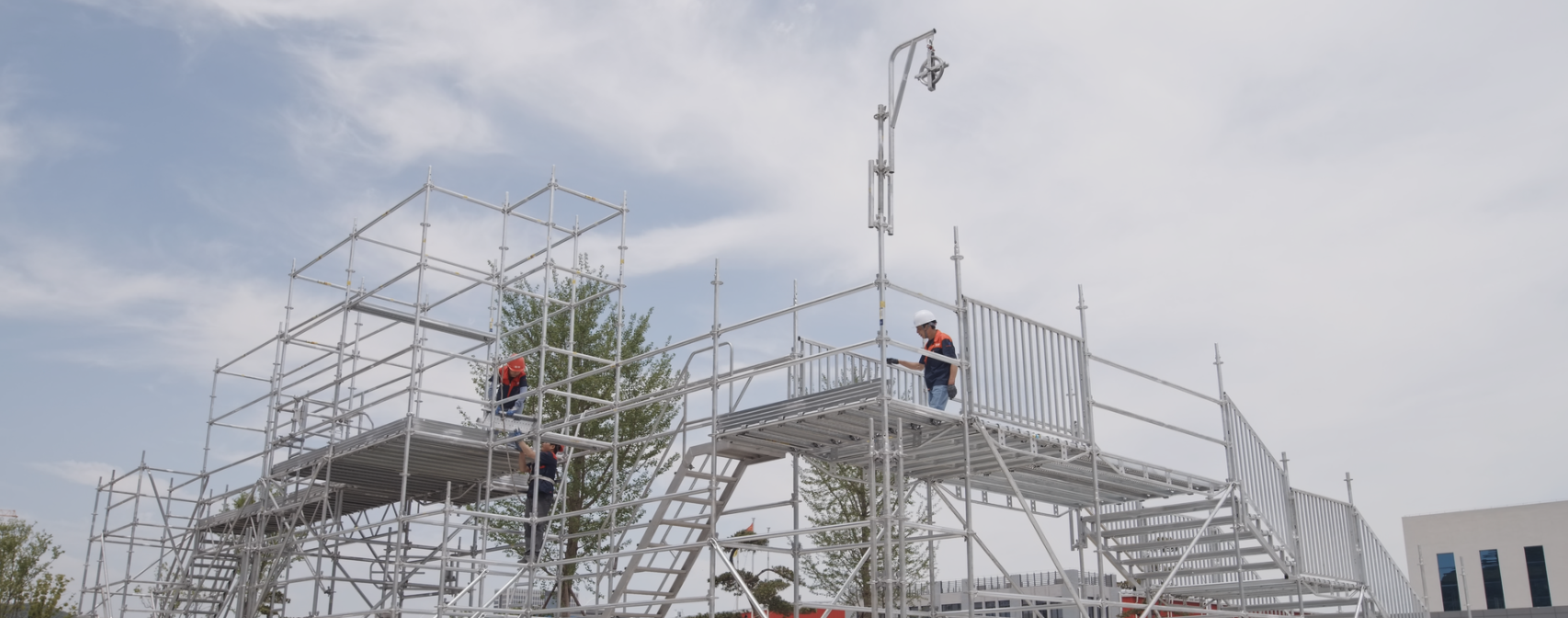
How to Use Ringlock Scaffolding Base Jack?
How to Use Ringlock Scaffolding Base Jack?
When it comes to erecting a safe and stable Ringlock scaffolding system, the base jack plays a fundamental role—yet it’s often overlooked. A properly selected and installed base jack ensures load transfer, height adjustment, and stability across a variety of ground conditions.
Here’s what construction professionals need to know about using Ringlock scaffolding base jacks effectively and safely.
What Is a Ringlock Scaffolding Base Jack?
The base jack is the foundation component of the Ringlock system. Positioned under vertical standards, it helps level the scaffold and transfer vertical loads to the ground. It typically consists of:
A screw rod for height adjustment
A base plate to distribute loads
A jack nut for precise elevation control
Depending on project needs, it can be either a solid base jack or an adjustable screw jack, ideal for uneven terrain.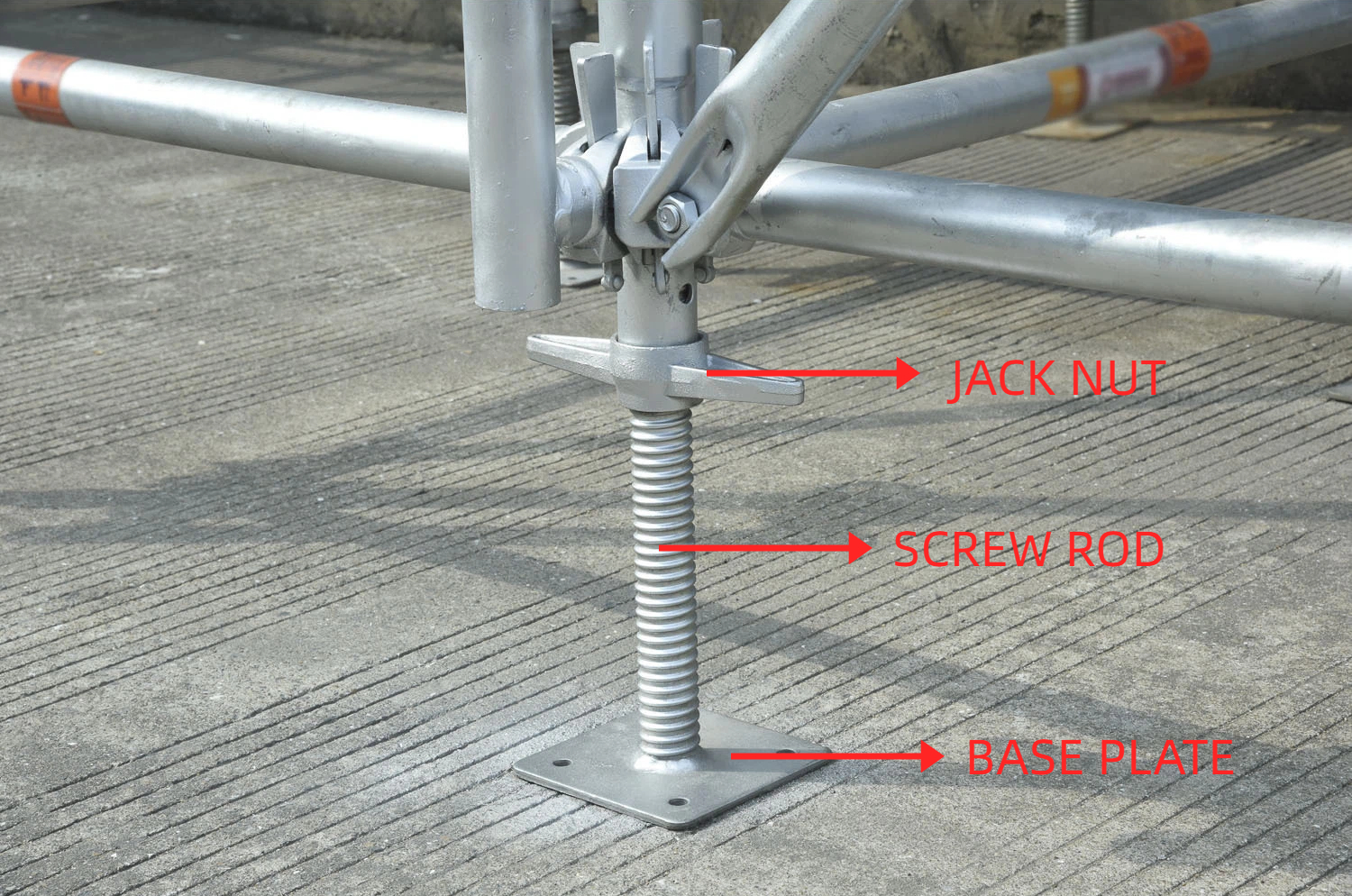
Types of Base Jacks: Screw vs. Swivel
To suit different jobsite conditions, there are two major types of base jacks used in Ringlock scaffolding systems:
Screw Jack (Fixed Base Jack) This is the most common type, featuring a flat base plate and vertical threaded rod. It is used on solid, level surfaces to adjust the height of the scaffold and maintain uniform elevation across the system.
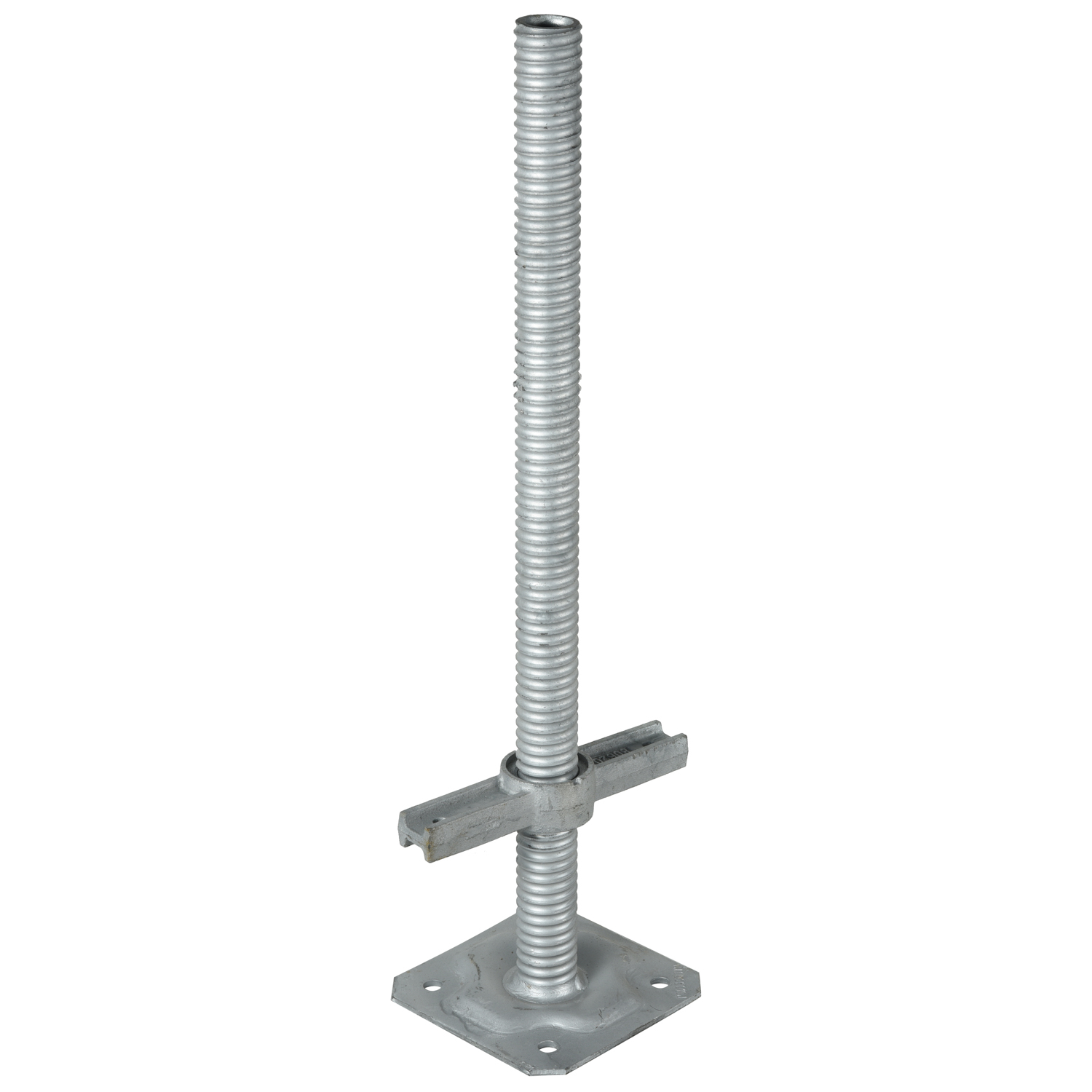
Swivel Jack (Adjustable Swivel Base Jack) Designed with a pivoting base plate, swivel jacks adapt to angled or sloped terrain. The rotating mechanism allows better ground contact, improving stability when the base must rest on uneven or inclined surfaces.

Choosing the right type based on ground conditions ensures a more stable and secure setup.
Key Features and Materials
High-quality base jacks are typically made from Q235 or Q345 steel, offering reliable strength and durability for construction environments. Common specifications include:
Height adjustability up to 600mm
Compatibility with Ringlock, Cuplock, Kwikstage, and Tubular scaffolding systems
Multiple surface treatments for corrosion protection:
Hot-dip galvanized (HDG)
Electro-galvanized (E-galvanized
Painted finish
Each base jack should be load-tested and certified according to regional or international safety standards.
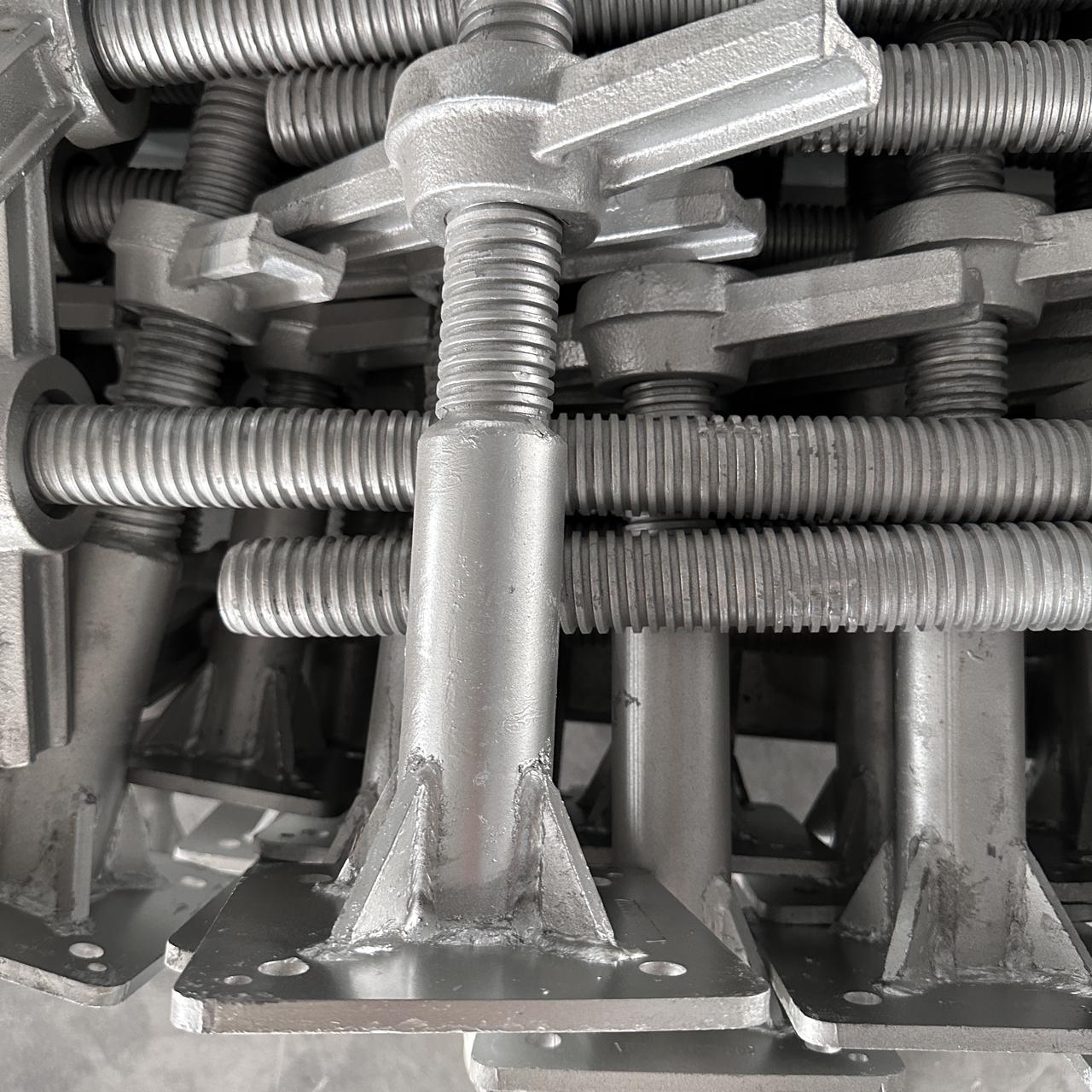
How to Use Base Jacks Correctly
To ensure optimal performance and safety:
Place base jacks on solid, level surfaces. For uneven ground, use adjustable screw jacks to correct height differences.
Never exceed rated capacity—most base jacks can support up to 6 tons, but overloading risks system failure.
Avoid hammering or deforming the jack components. Damaged threads or plates compromise load transfer and safety.
Using base jacks correctly ensures even weight distribution, minimizes scaffold tilt, and enhances ground contact stability.
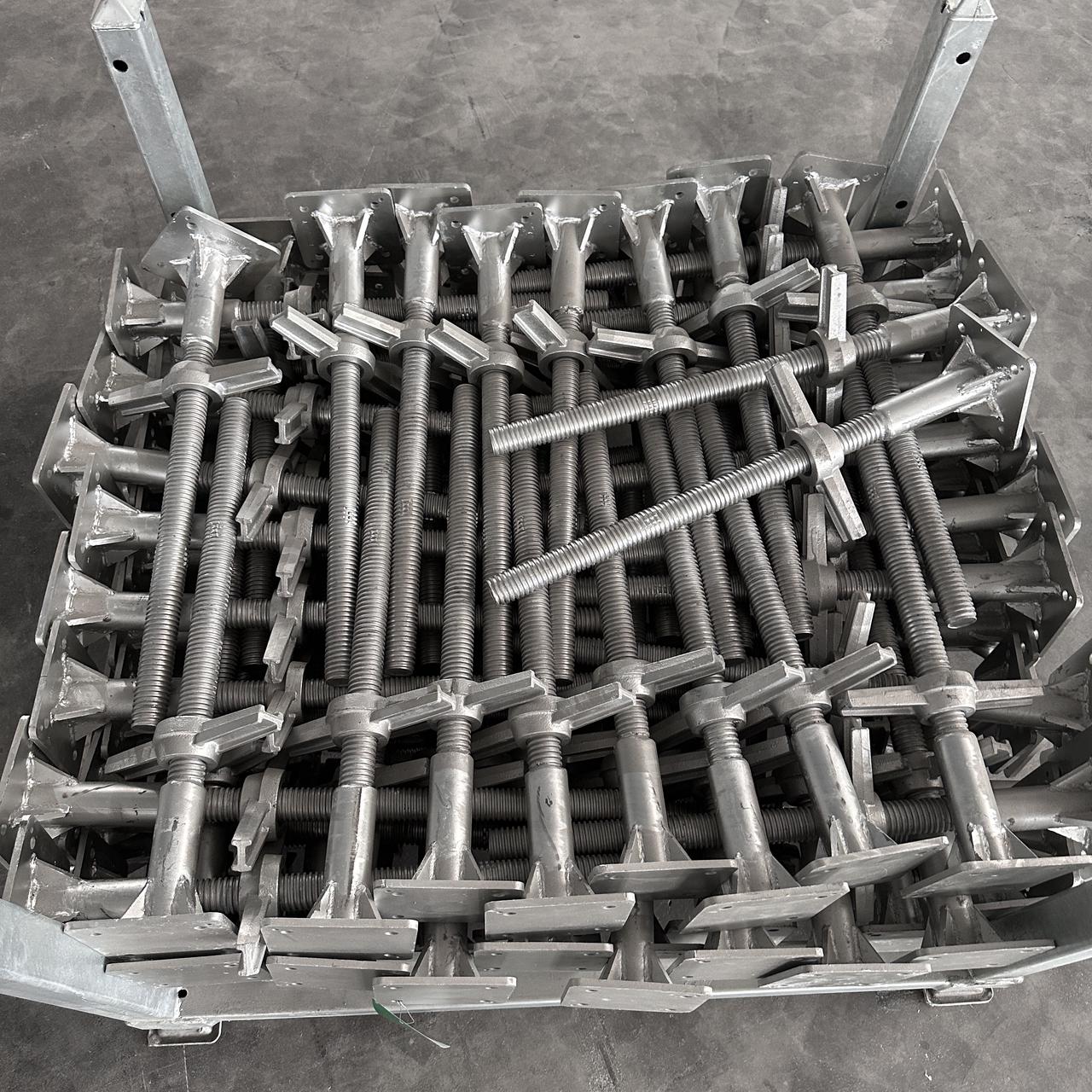
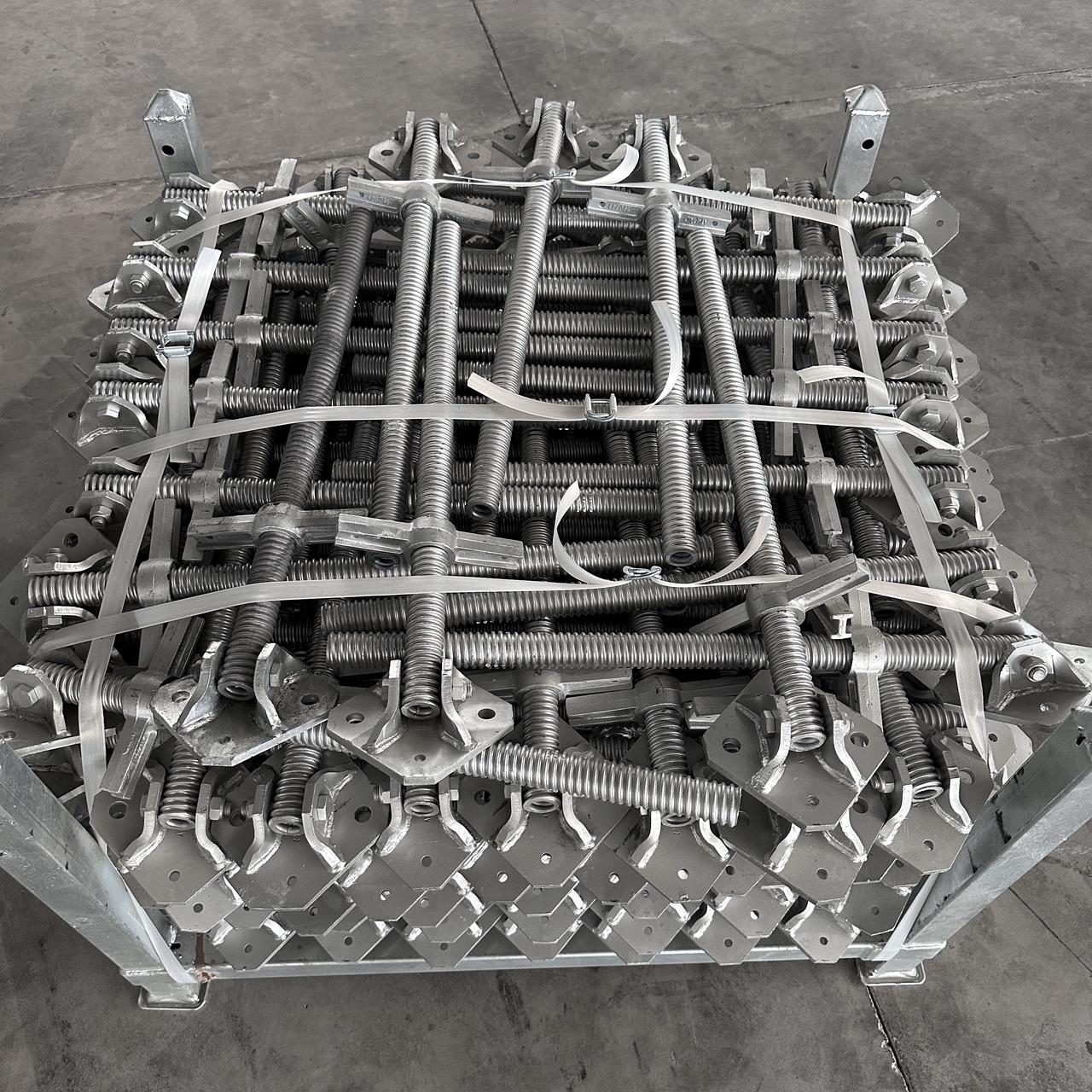
Where Are Base Jacks Commonly Used?
Base jacks are essential in:
High-rise building construction
Bridge and infrastructure projects
Foundation repair or uneven terrain applications
They play a key role in enabling scaffolding to adapt to real-world ground conditions while maintaining structural alignment.

Final Thoughts
Although small in size, base jacks are critical to the success and safety of scaffolding operations. From adjusting scaffold height to maintaining balance on challenging terrain, they ensure the system remains level and load-bearing from the ground up.
Need high-quality base jacks for your Ringlock system?
With over 20 years of manufacturing and export experience, HJ Scaffolding provides certified base jacks with reliable load capacity , supporting contractors and suppliers involved in major infrastructure and industrial projects worldwide.
Contact our team for expert support and detailed specifications.
Web:www.hj-scaffolding.com
E-mail:lynn.li@hj-scaffolding.com
WhatsApp: +86 15058750031

